- Home
-
My Models
-
AV History
- Airline History Blog
-
Airline Development
>
-
Liveries
>
- Aeroméxico Liveries
- Air China Special Liveries
- American Airlines Liveries
- British Airways Liveries
- Continental Airlines Liveries
- Delta Air Lines Liveries
- Eastern Air Lines Liveries
- Landor Liveries
- National Airlines Liveries
- Northeast Airlines Liveries
- Northwest Airlines Liveries
- Pan Am Liveries
- Trans World Airlines Liveries
- United Airlines Liveries
- Western Airlines Liveries
- Airbus A380s >
- Boeing 747 >
- Real Airport Histories >
- Plane Spotting >
- Aviation Stickers >
-
1:400 SCALE
- Collecting 1:400 Scale >
- The History of 1:400 Scale >
-
1:400 Brands
>
- Aeroclassics >
- Airshop Diecast
- AURORA Models
- Aviation400 (2007-2012)
- Big Bird 400 Your Craftsman
- Black Box Models
- Blue Box & Magic Models
- C Models
- Dragon Wings
- El Aviador 400
- Gemini Jets >
- JAL Collection / Jet Hut >
- Jet-X >
- MP4 Models
- NG Models >
- Panda Models >
- Phoenix Models >
- Seattle Models Co (SMA)
- Skyjets400
- Sovereign Models
- TucanoLine
- Witty Wings / Apollo
- Yu ModeLs
- 1:400 Custom Models >
- Production Numbers
- Zinc Rot
-
1:400 Moulds
- The Best Moulds >
- Airbus >
-
Boeing
>
- Boeing B-377 Stratocruiser
- Short Boeing 707s & 720s
- Boeing 707-320/420
- Boeing 717
- Boeing 727-100
- Boeing 727-200
- Boeing 737-100/200
- Boeing 737-300 >
- Boeing 737-400
- Boeing 737-500
- Boeing 737-600
- Boeing 737-700/800/900 >
- Boeing 737 MAX
- Boeing 747-100/200 >
- Boeing 747-400 >
- Boeing 747SP
- Boeing 747-8 Interactive
- Boeing 747LCF Dreamlifter
- Boeing 757-200 >
- Boeing 757-300
- Boeing 767-200
- Boeing 767-300
- Boeing 777-200
- Boeing 777-300
- Boeing 787
- British >
- Douglas >
- Lockheed >
- Other >
- Chinese >
- Soviet >
- Smallest Moulds in 1:400
-
1:400 Reviews
-
Model News
- Model Blog
-
New Mould Samples
>
- Aviation400 >
- JC Wings >
-
NG Models 400 Scale
>
- Airbus A318
- Airbus A319/320 CEO
- Airbus A319/320 NEO
- Airbus A321CEO & NEO
- Airbus A330-200/300
- Airbus A330 Beluga XL
- Airbus A330-800/900
- Airbus A340-200/300
- Airbus A350-900
- Airbus A350-1000
- Boeing 737-600/700/900
- Boeing 737-600 Refresh
- Boeing 737-800
- Boeing 737 MAX-8/MAX-9
- Boeing 737 MAX-7/MAX-10
- Boeing 747-100
- Boeing 747-200
- Boeing 747-400
- Boeing B747SP
- Boeing 747-8I
- Boeing 747-8F
- NG 747s Together
- Boeing 757-300
- Boeing 767-200/300 >
- Boeing 767-400 >
- Boeing 777-200
- Boeing 777-300/300ER
- Boeing 787-8
- Lockheed L-1011 Tristar
- Lockeed Tristar 500
- McDonnell Douglas MD-80
- McDonnell Douglas MD-87
- Tupolev Tu-154
- Tupolev Tu-204/Tu-214/Tu-234
- NG Models 200 Scale >
- Phoenix Models >
- Yu ModeL >
-
1:600 SCALE
- DIORAMAS
|
The philosophical and literal union (they married) between Mary Wells of the marketing firm Wells Rich Greene and Harding Lawrence, leader of Braniff International, powered the airline's transformation through the 1960s and 70s. The artistic apogee of this union was the special Calder schemes one of which celebrated the 1976 US Bicentennial. A late addition to the scheme gained it its nickname and the aircraft that wore it had some personality too.
4 Comments
Harding Lawrence had taken over the leadership of Braniff in 1965 and changed not only the airline but also the industry as a whole with his marketing heavy image makeover. It had worked and Braniff had increased its profitability whilst making moves, like the takeover of Panagra, which strengthened its position. Fleet rationalisation was a key pillar of this strategy also. Lawrence wanted rid of the Electras and One-Elevens and to that end was building up his fleet of 727s. Come 1971 and it was also time for another makeover.
By the end of the 1960s the dynamic leadership of Harding Lawrence had turned Braniff from a little known Texan trunk airline into a dynamic market leader famous for its 'End of the Plain Plane' marketing campaign pioneered by Lawrence's future wife Mary Wells. Revenue Passenger Miles had more than doubled in 5 years and the takeover of Panagra had further bolstered Braniff's position as a major force in Latin America. But, the airline wasn't standing still and just as Braniff discovered its perfect aircraft it was time for another change.
Despite introducing 727s and swallowing several smaller Alaskan operators, the early 1970s was another difficult time for Alaska Airlines, which had been leading a hand to mouth existence for many years. Led by the wheeler dealing, but also irascible and dictatorial, Charles "Chuck" Willis Alaska had a mountain of debt, poor reputation and very little cash. Change was needed if the airline was to survive.
Alaska Airlines had improved its situation in the 1970s but found itself once again in a precarious financial position just as deregulation came into view. Considering its small size, financial weakness, lack of penetration into the lower 48 and turbulent history it is surprising that it was able to turn itself into one of the few winners of the post-deregulation era. The first step was cracking the Californian market.
During the 1960s the local service airlines of the United States were growing fast. Not only were they re-equipping their fleets but they were being assigned large numbers of routes by the CAB that had been discarded by the larger airlines. Meanwhile Boeing, Douglas and BAC were keen to sell as many of their new short-haul jets as possible. Boeing even managed to interest several airlines in its medium sized 727 and one of these was Frontier. Like most of the local service airlines however the 727 was still too much jet for their 1960s network.
IGS operations had been a close battle between Pan Am and BEA, with Air France always a distant third, despite their Caravelle service to Tegel. Flying into Templehof was what mattered and Pan Am had managed to counter the introduction of turboprop Viscounts with frequency and the lower costs of the DC-6Bs. 1966 would see Pan Am turn the tables as it introduced the first regular jet service into Templehof on IGS routes.
The Pacific islands have a proud history of colourful flag carriers, however the majority of the region’s airlines have struggled with their remoteness, the limited investment capability of their home nations and competition from Australia and New Zealand. Polynesian Airlines’ history illustrates all three aspects during its history.
Nowadays Venezuela is in a sorry state, wracked by economic collapse, hyper-inflation and a dictatorial regime. The pathway to this has been long and complex and has gradually taken a toll of the airline’s once rich aviation scene, so that only a handful of airlines survive and connections with international destinations are sporadic. One of the highest profile failures was that of AVENSA who had started operations in 1943.
During its first 20 years of operation Ozark had fulfilled exactly the promise that the local service airlines had been created for. It had started and proved a wide range of feeder services and grown demand to the point that it could sustain not just prop-jets but pure jets as well. Even better it had done so profitably and begun to wean itself off of subsidy and pick-up longer routes that the trunk airlines no longer wanted. All in all it found itself in good position to grow into the 1970s and face the challenges of deregulation to come.
|
AuthorI'm Richard Stretton: a fan of classic airliners and airlines who enjoys exploring their history through my collection of die-cast airliners. If you enjoy the site please donate whatever you can to help keep it running: Archives
July 2024
Categories
All
|
- Home
-
My Models
-
AV History
- Airline History Blog
-
Airline Development
>
-
Liveries
>
- Aeroméxico Liveries
- Air China Special Liveries
- American Airlines Liveries
- British Airways Liveries
- Continental Airlines Liveries
- Delta Air Lines Liveries
- Eastern Air Lines Liveries
- Landor Liveries
- National Airlines Liveries
- Northeast Airlines Liveries
- Northwest Airlines Liveries
- Pan Am Liveries
- Trans World Airlines Liveries
- United Airlines Liveries
- Western Airlines Liveries
- Airbus A380s >
- Boeing 747 >
- Real Airport Histories >
- Plane Spotting >
- Aviation Stickers >
-
1:400 SCALE
- Collecting 1:400 Scale >
- The History of 1:400 Scale >
-
1:400 Brands
>
- Aeroclassics >
- Airshop Diecast
- AURORA Models
- Aviation400 (2007-2012)
- Big Bird 400 Your Craftsman
- Black Box Models
- Blue Box & Magic Models
- C Models
- Dragon Wings
- El Aviador 400
- Gemini Jets >
- JAL Collection / Jet Hut >
- Jet-X >
- MP4 Models
- NG Models >
- Panda Models >
- Phoenix Models >
- Seattle Models Co (SMA)
- Skyjets400
- Sovereign Models
- TucanoLine
- Witty Wings / Apollo
- Yu ModeLs
- 1:400 Custom Models >
- Production Numbers
- Zinc Rot
-
1:400 Moulds
- The Best Moulds >
- Airbus >
-
Boeing
>
- Boeing B-377 Stratocruiser
- Short Boeing 707s & 720s
- Boeing 707-320/420
- Boeing 717
- Boeing 727-100
- Boeing 727-200
- Boeing 737-100/200
- Boeing 737-300 >
- Boeing 737-400
- Boeing 737-500
- Boeing 737-600
- Boeing 737-700/800/900 >
- Boeing 737 MAX
- Boeing 747-100/200 >
- Boeing 747-400 >
- Boeing 747SP
- Boeing 747-8 Interactive
- Boeing 747LCF Dreamlifter
- Boeing 757-200 >
- Boeing 757-300
- Boeing 767-200
- Boeing 767-300
- Boeing 777-200
- Boeing 777-300
- Boeing 787
- British >
- Douglas >
- Lockheed >
- Other >
- Chinese >
- Soviet >
- Smallest Moulds in 1:400
-
1:400 Reviews
-
Model News
- Model Blog
-
New Mould Samples
>
- Aviation400 >
- JC Wings >
-
NG Models 400 Scale
>
- Airbus A318
- Airbus A319/320 CEO
- Airbus A319/320 NEO
- Airbus A321CEO & NEO
- Airbus A330-200/300
- Airbus A330 Beluga XL
- Airbus A330-800/900
- Airbus A340-200/300
- Airbus A350-900
- Airbus A350-1000
- Boeing 737-600/700/900
- Boeing 737-600 Refresh
- Boeing 737-800
- Boeing 737 MAX-8/MAX-9
- Boeing 737 MAX-7/MAX-10
- Boeing 747-100
- Boeing 747-200
- Boeing 747-400
- Boeing B747SP
- Boeing 747-8I
- Boeing 747-8F
- NG 747s Together
- Boeing 757-300
- Boeing 767-200/300 >
- Boeing 767-400 >
- Boeing 777-200
- Boeing 777-300/300ER
- Boeing 787-8
- Lockheed L-1011 Tristar
- Lockeed Tristar 500
- McDonnell Douglas MD-80
- McDonnell Douglas MD-87
- Tupolev Tu-154
- Tupolev Tu-204/Tu-214/Tu-234
- NG Models 200 Scale >
- Phoenix Models >
- Yu ModeL >
-
1:600 SCALE
- DIORAMAS

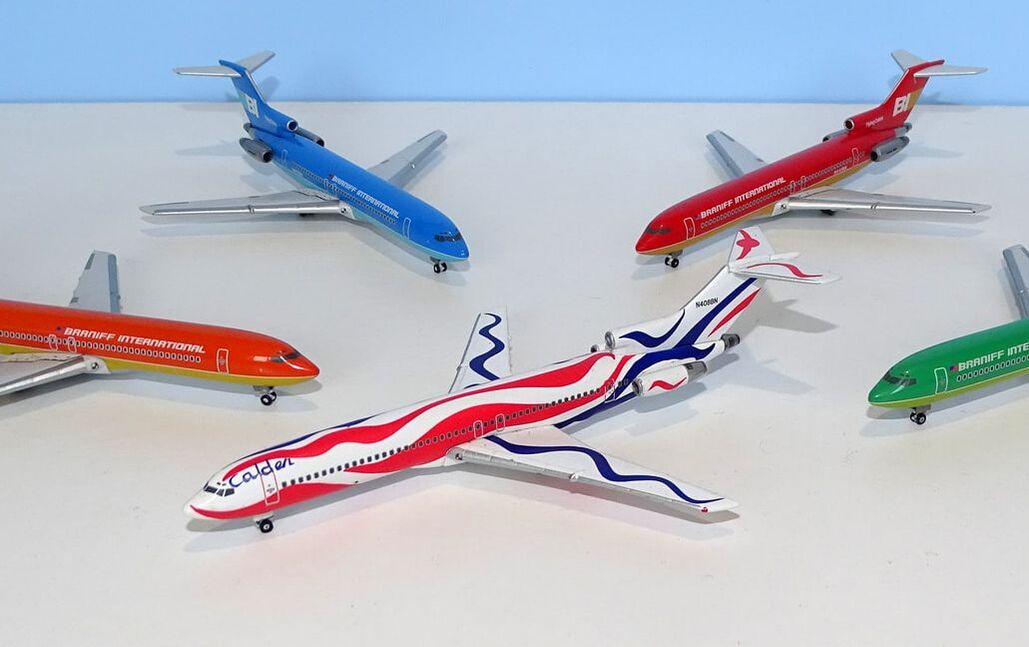
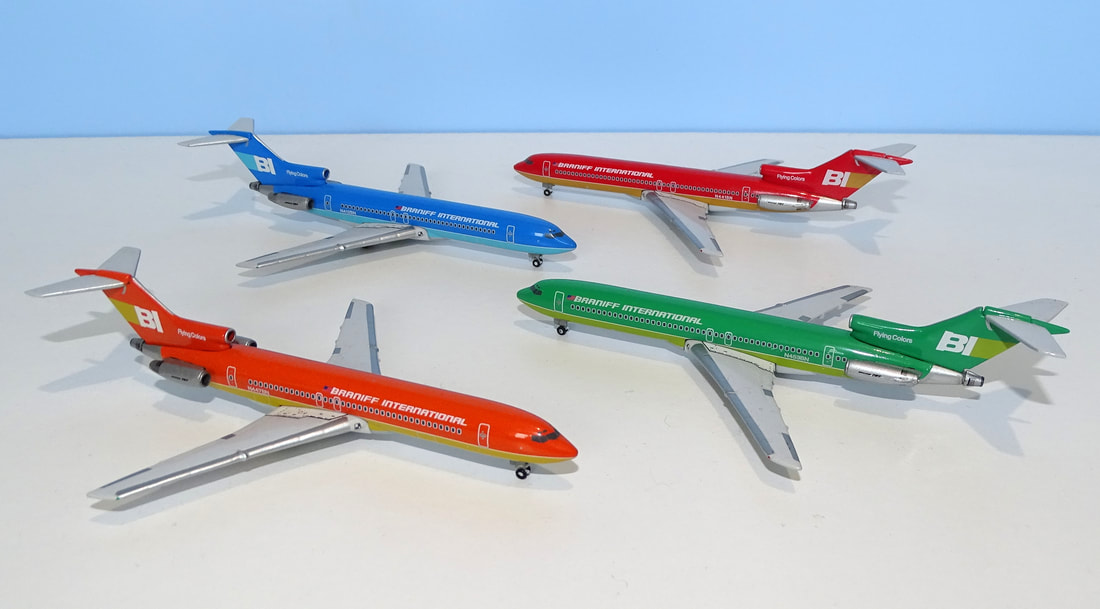
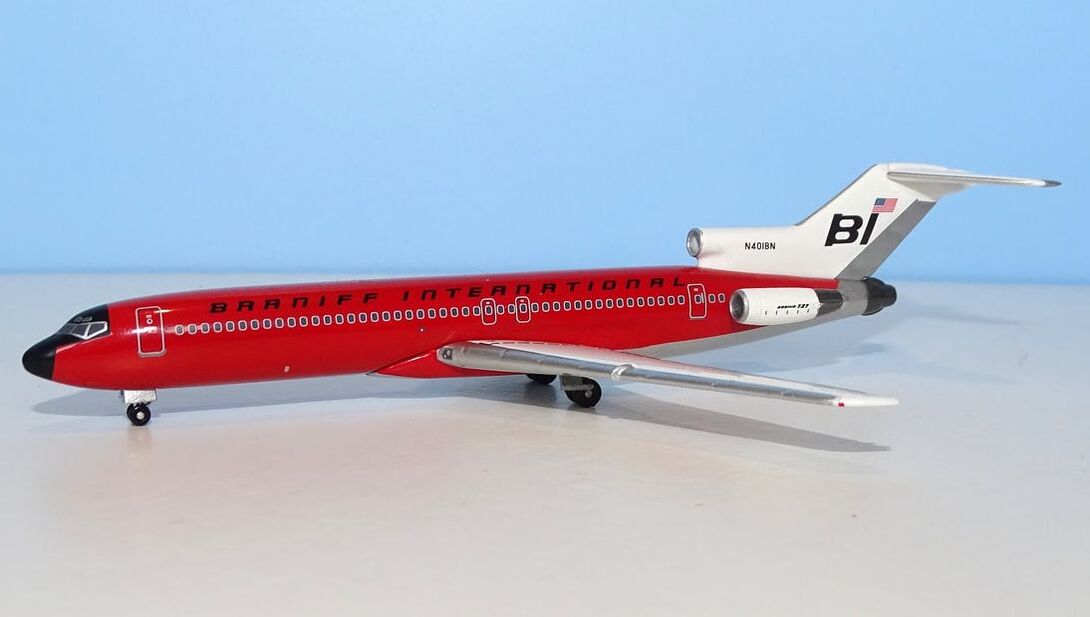
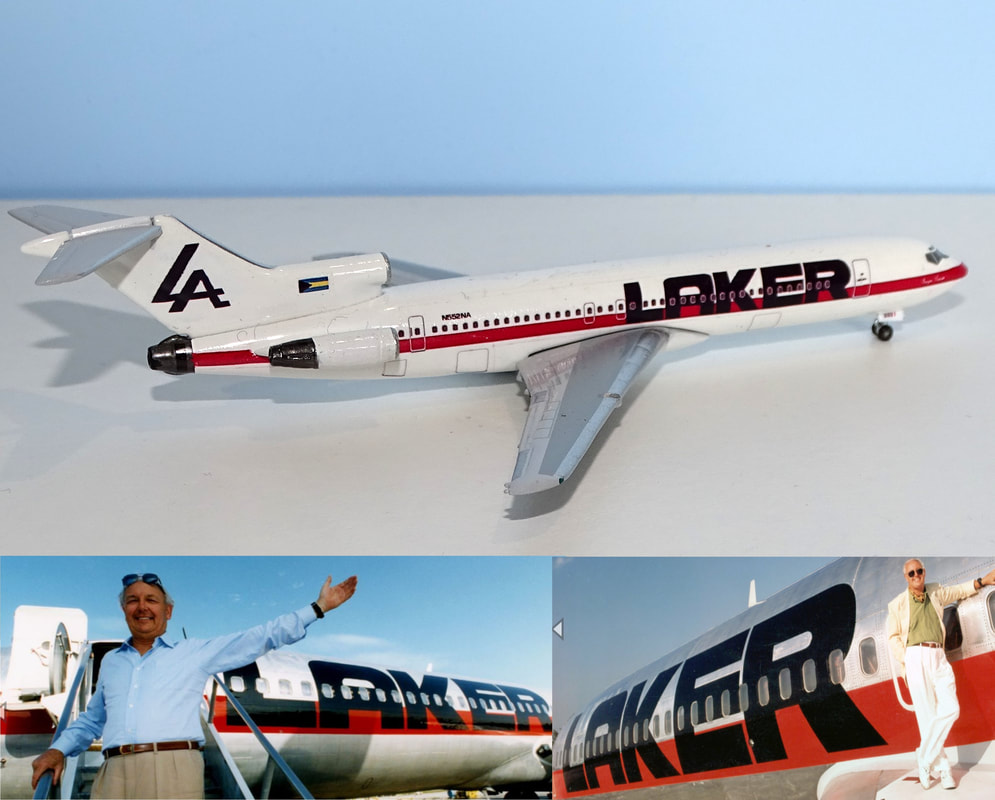
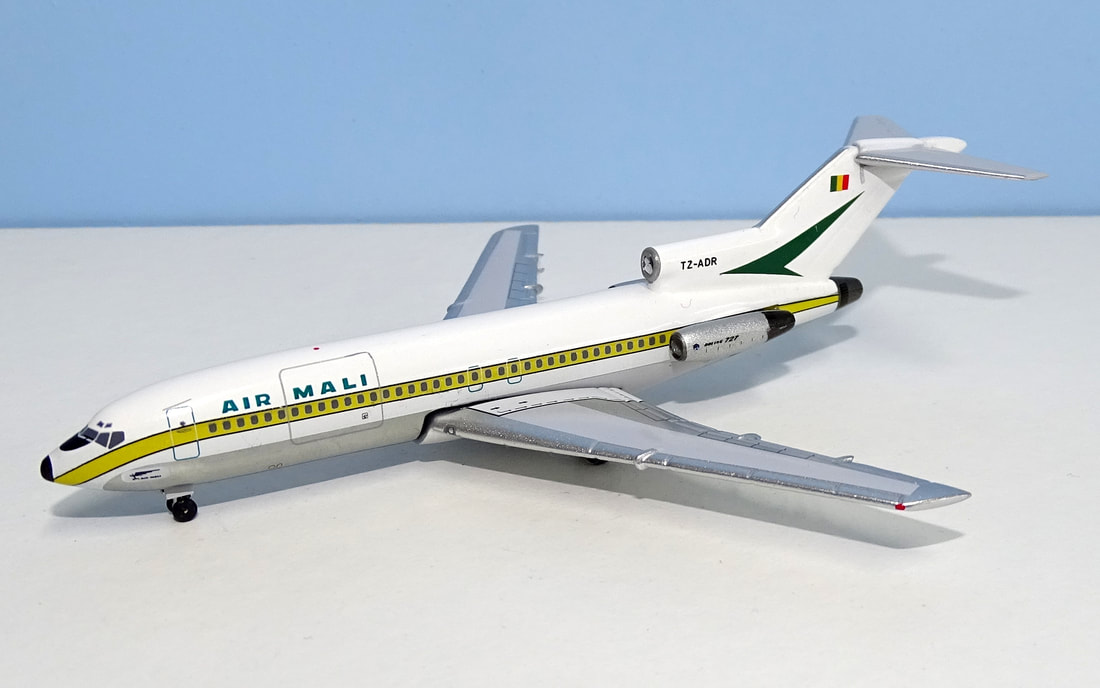
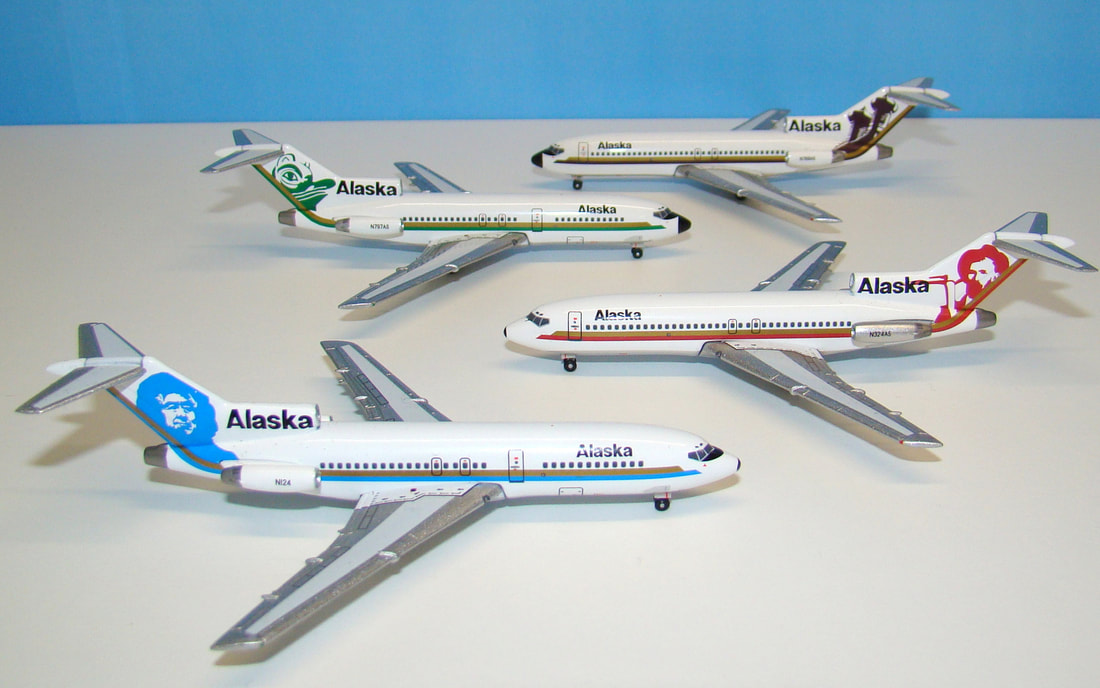
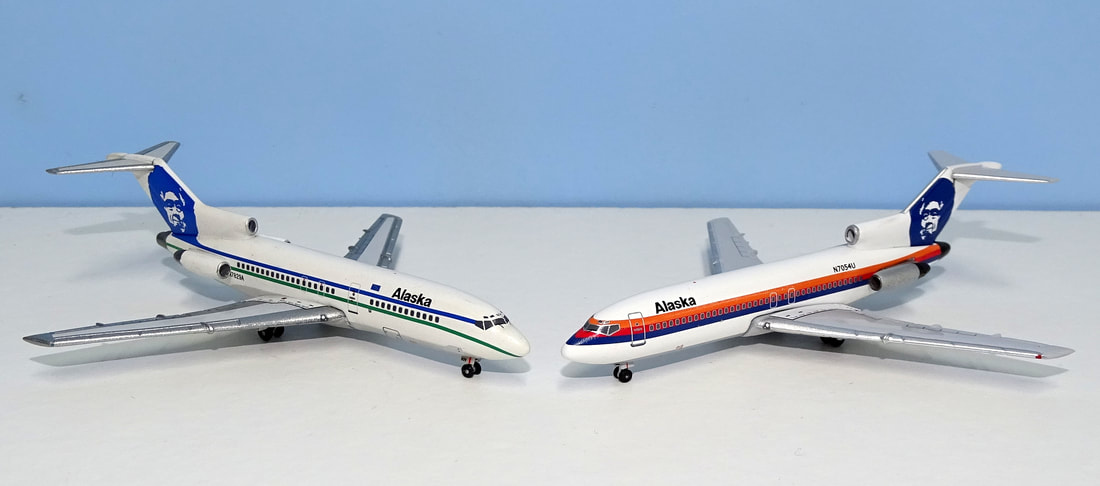
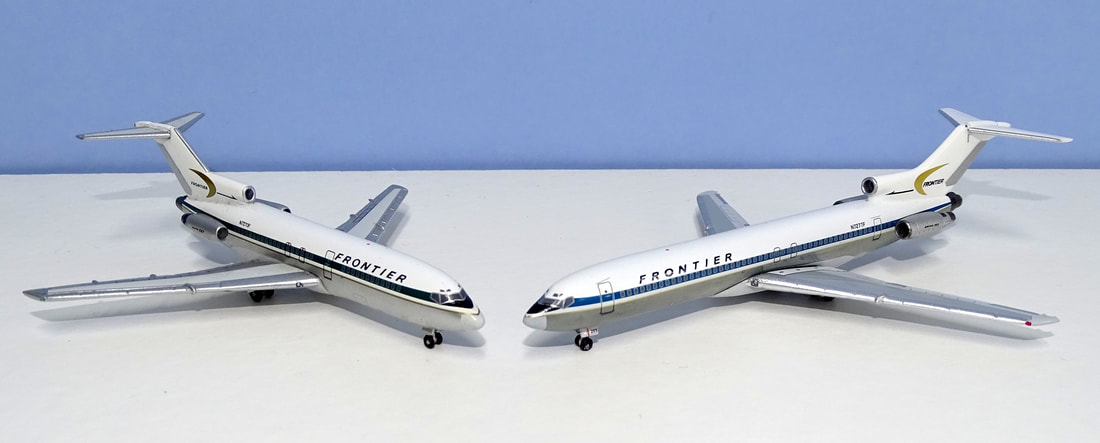
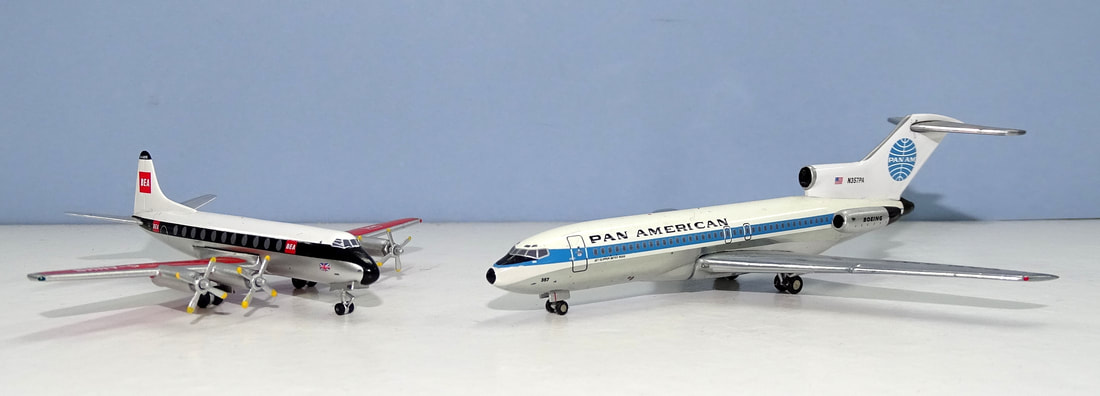
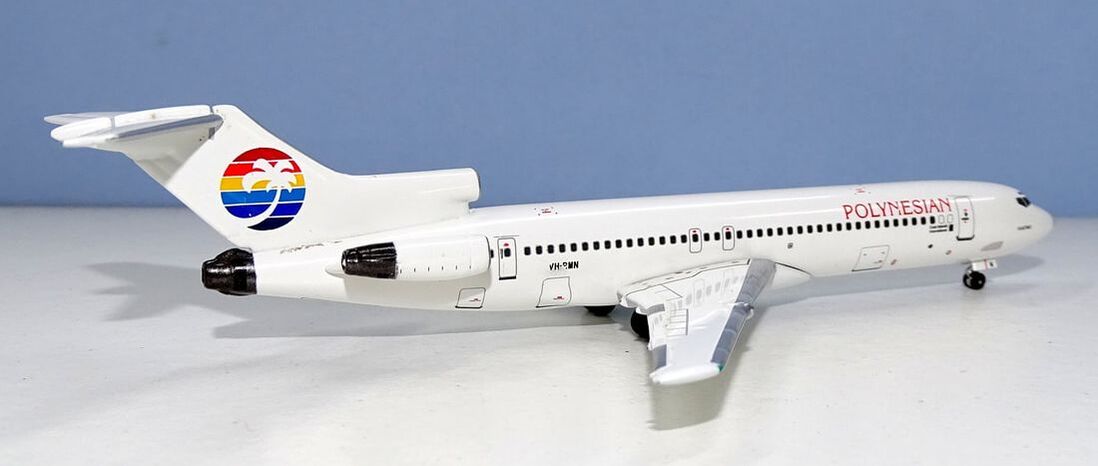
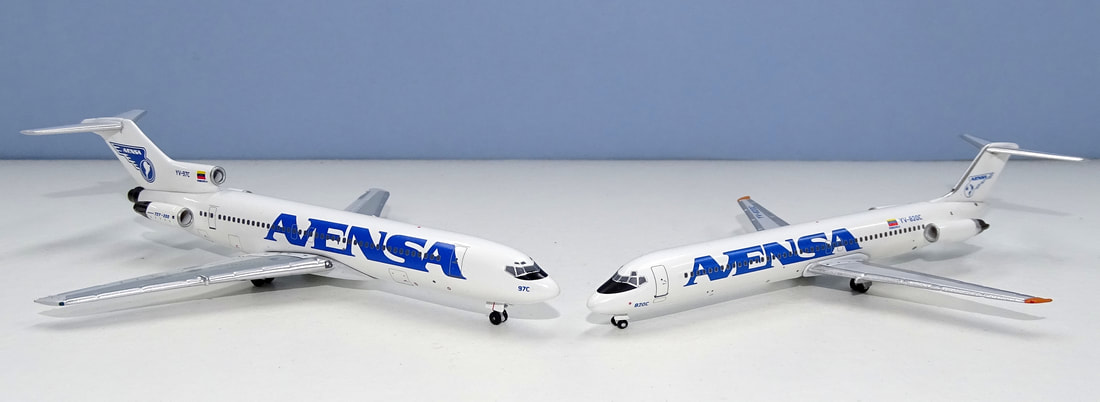
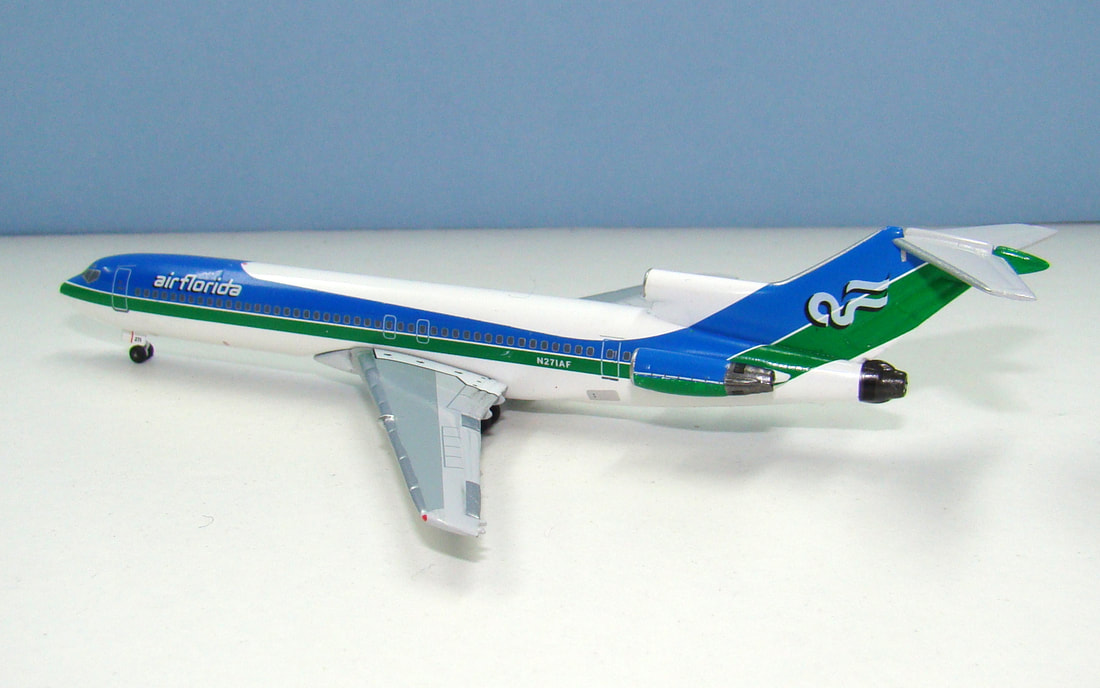
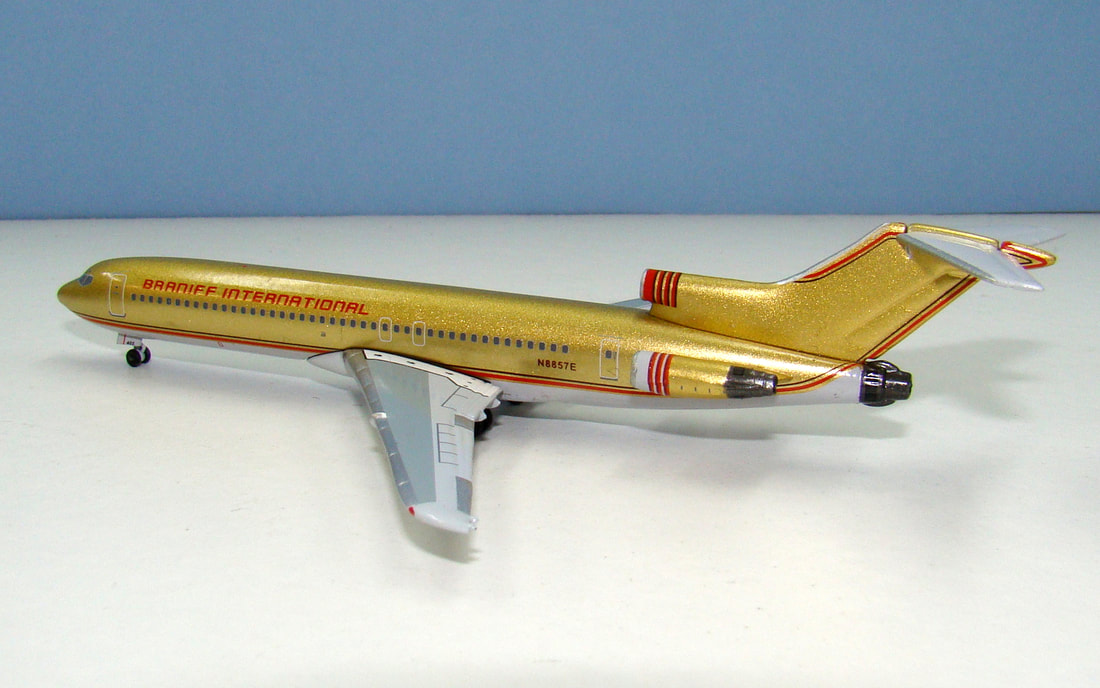
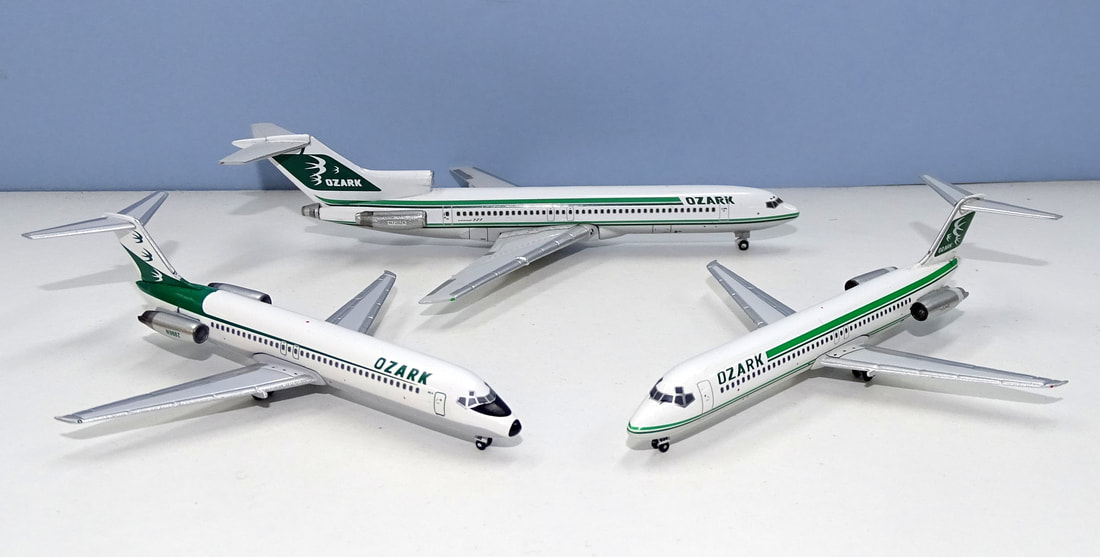
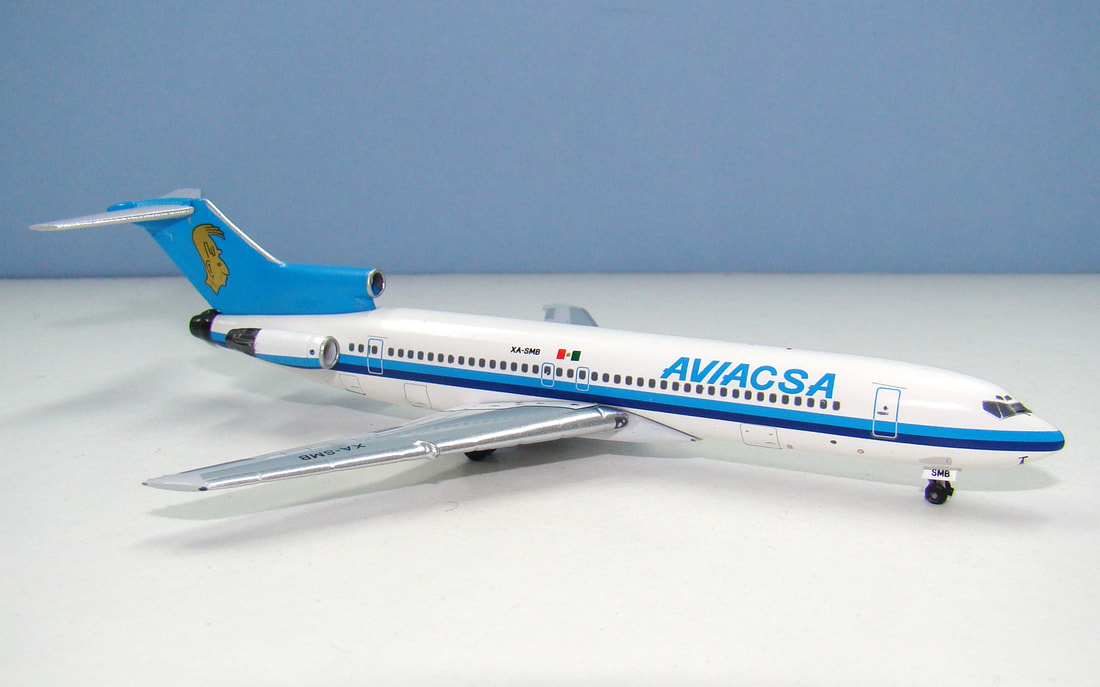
 RSS Feed
RSS Feed